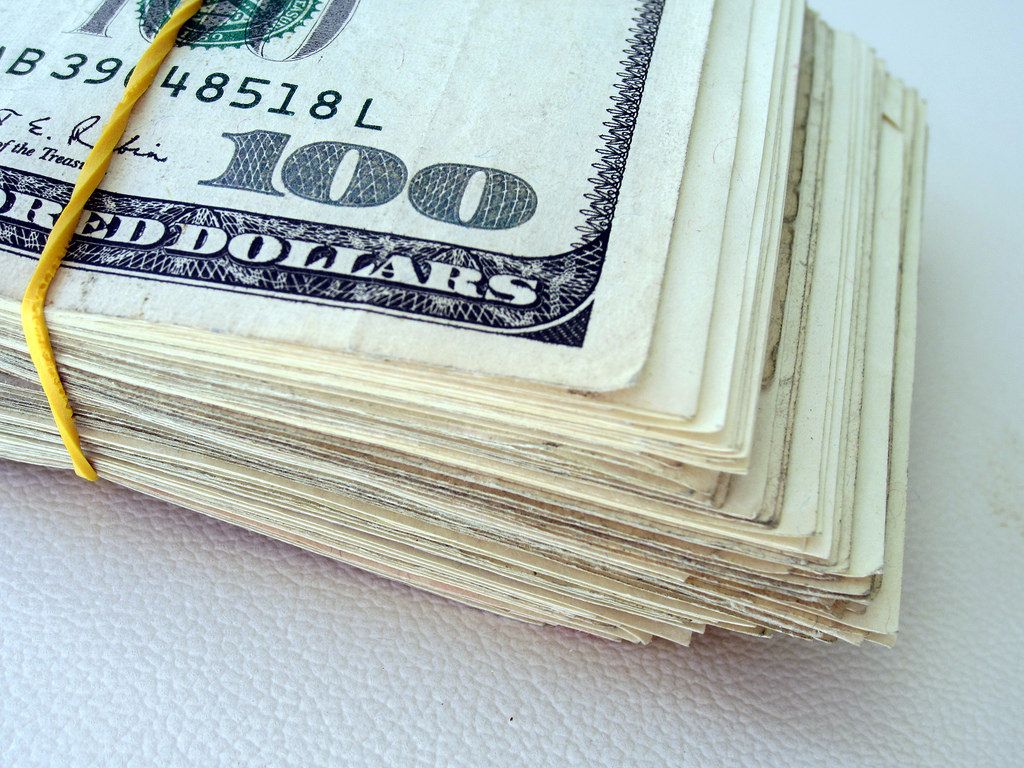What's Really on Your Money May Shock You

By:
If you prefer carrying cards to cash, you're about to feel pretty justified. A new piece in Scientific American reveals a disgusting reality about the dollar bills in your wallet.
Research has shown that $1, $5, and $10 bills are more likely to have germs than other bills, as noted by Scientific American writer Dina Fine Maron, and what you find on these bills is not pretty.
The Federal Reserve estimates that $1 bills can circulate for close to six years, $5 bills can circulate for five and a half years, and $10 bills can circulate for around four and a half years.
"While cash spends all that time wandering from, say, a cocaine-sniffer’s nose to a waiter’s hands to someone’s back pocket, it is going to meet microbes. Many may be harmless but others could make us sick, and data accruing since the 1970s spotlights the microbial milieu that can hide on our cash," Maron wrote. "Antibiotic-resistant bacteria such as methicillin-resistant Staphylococcus aureus (MRSA), which can cause life-threatening blood infections, can survive on our currency."
There are around 3,000 kinds of bacteria on a single dollar bill, NPR reported in April 2014. Jane Carlton, a biologist and the leader of New York University's Dirty Money Project, told the publication that antibiotic-resistant genes may use money to travel to different places and get in the hands of more people.
"We're not trying to be fear mongers, or suggest that everyone goes out and microwave their money. But I must admit that some of the $1 bills in New York City are really nasty," she added.
 Flickr / 401(K) 2012 - flickr.com
Flickr / 401(K) 2012 - flickr.com
About 94 percent of dollar bills contain bacteria, and some of this bacteria carries the potential for serious conditions such as pneumonia, according to a study published in the Southern Medical Journal in December 2002. Though this is all unsettling, Chicago Tribune writer Alexia Elejalde-Ruiz noted in a January 2012 piece that it's "hard to say" whether the germs from money can really hurt people.
Skin is a strong barrier to germs and people should only really worry if these germs come into contact with their mouths or open wounds, Thomas Hooton, a professor of clinical medicine at the University of Miami Miller School of Medicine, told the Chicago Tribune.
While there isn't much research on whether the germs on money can really make people sick, Hooten said, "It is possible that [the dollar bill] is a source that has been underappreciated."
Whether you're pro-cash or pro-cards, this is definitely something to think about the next time you go to the ATM to get bills for a cash-only purchase.
[H/T Science Of Us]
